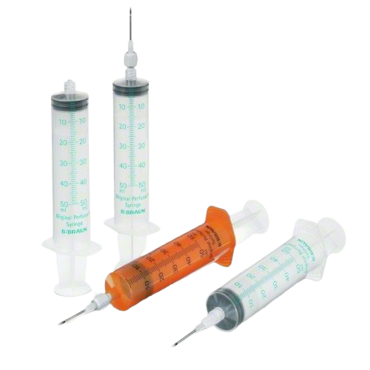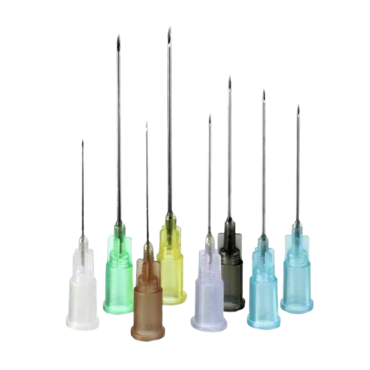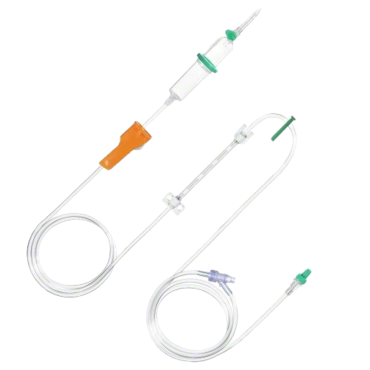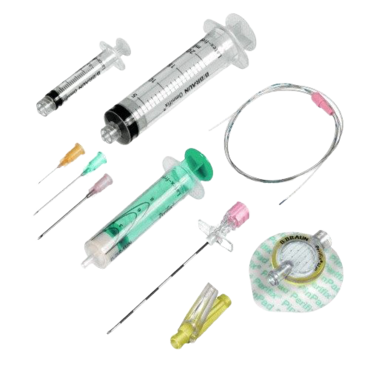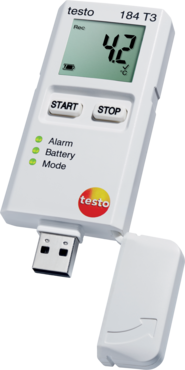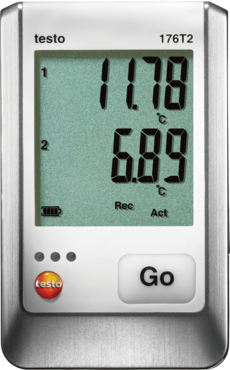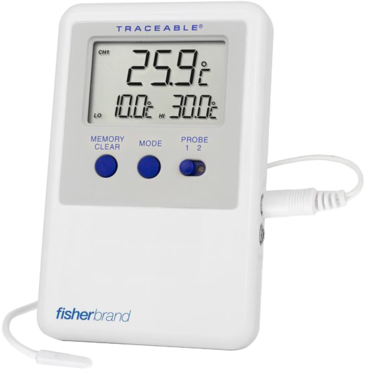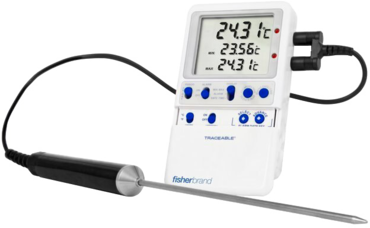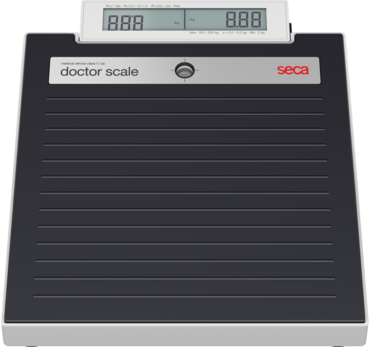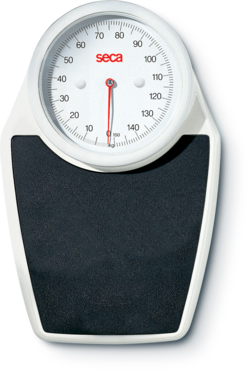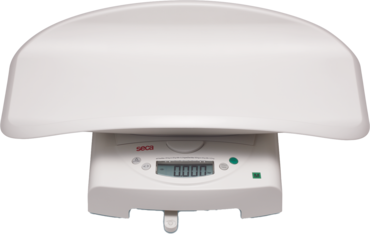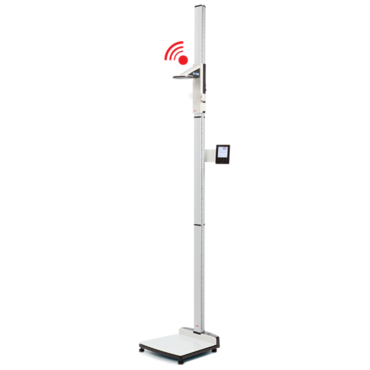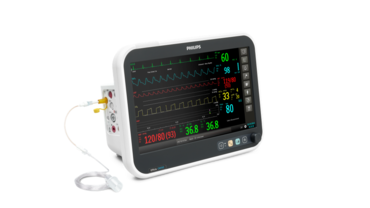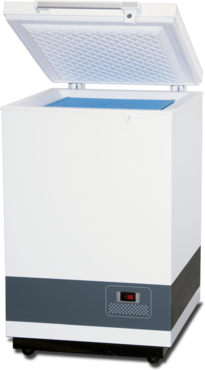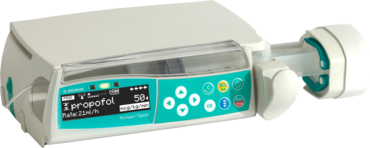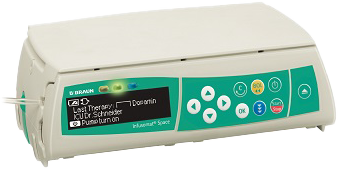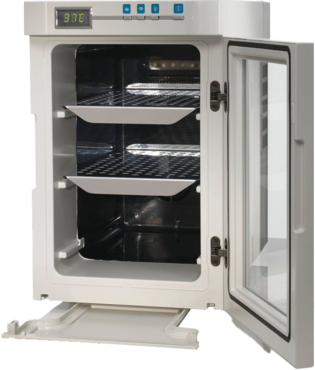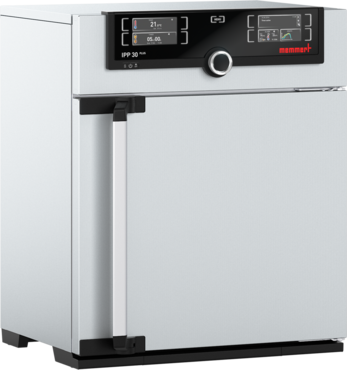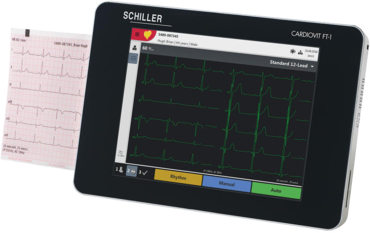Ancillary Supplies
Quipment can support all your ancillary needs for your clinical trials.
Description
Quipment can provide a wide and range of ancillaries and consumables. Our most popular products include:
- IV lines and extension sets
- Syringes and needles
- Lab supplies
- Diagnostic instruments and supplies
- Respiratory supplies
- ECG electrodes
- Thermal paper
- Cathethers
- Small instrumentation
- Surgical equipment
- Office supplies
- Furnishings
Tips
Help us find the right product for your needs!
Feel free to share with us all your requirements such as :
- Material
- Length
- Regions to be used
- Etc
Project
Set-up
Tell us more about the needs of your project and we'll design a custom solution for you.
know more